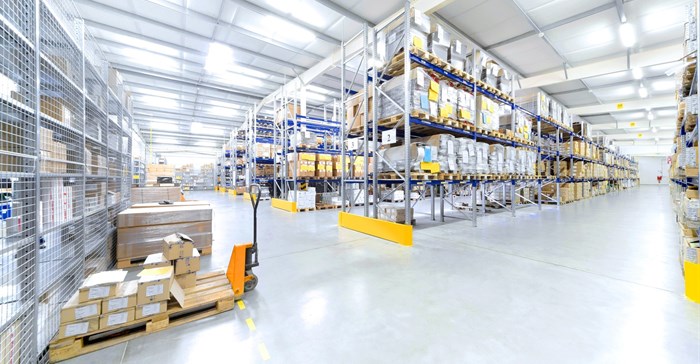






While there’s a need to do more, more quickly, there remains a drive to cut costs in the warehouse. With these conflicting pressures in mind, Alison Bullen, Zebra’s EMEA data capture product manager, asks how are warehouses responding? And with technology, particularly scanners for data capture, offering new ways to enhance productivity, Alison lists five things to look for when upgrading your team’s devices.
We recently conducted research among senior warehouse managers across Europe, Asia and the US to assess how they see operations changing by 2020. Given the growth in e-commerce, it will come as no surprise that 76% expect to increase their number of warehouses. Based on my discussions with our customers, I believe many of these new sites will be satellite fulfillment centres. These smaller depots will cut delivery times by bringing delivery closer to consumers. We’re also seeing warehouses building upwards, with higher shelving to reduce the footprint (and cost of space).
As well as expanding space, many warehouses are increasing their use of temporary staff to cope with seasonal demand. The only issue with this is that our research shows that it can take over 50 hours to effectively train people to get to full productivity. I know from discussions with our customers that there’s a desire to reduce this figure to help give an immediate boost to productivity.
Another key finding of our research is that, when we asked warehouses to list their top 20 investment priorities, technology was high on the agenda: equipping staff with mobile devices (72.5%), barcode scanning (67.6%) and the Internet of Things (61.8%) all featured in the top five. Indeed, although I still come across a few warehouses where paper is used in some areas, I’m seeing a greater urgency to exploit technology such as RFID and barcode labels, along with automated data capture, to streamline workflows, and gain real-time visibility over every item – from goods-in to put-away, pick and dispatch. Key to capturing data are the handheld scanners used by teams and, with changes in technology, there are five things that I recommend thinking about when looking for your next devices.
1. Workflows: I mentioned previously that the design of warehouses is changing, with higher shelves. If you need your teams to pick goods from these shelves, or conduct regular stock counts, you’ll need devices that scan over both short and longer distances. This is especially so for forklift drivers who want to be able to scan from their cab. Advanced scan engines are available that can achieve this close, and at a distance, data capture to help your users work more quickly and conveniently.
2. Accurate data capture: Just as camera images have advanced significantly in recent years, so have scan engines. It’s worth looking at the latest options as they’re able to reduce errors by capturing not only all types of barcodes but barcodes in any condition – codes that are scratched, faded, incomplete and even hidden under layers of shrink wrap.
3. Unstoppable performance: I’d always advise buying the toughest device that you can. I spend a lot of time in the warehouse and I’ve seen scanners thrown between people, dropped from high shelves, and even used as hammers to break into boxes. In such an unforgiving environment for technology, your scanners need to be built tough to cope with the rough treatment and keep working day in and day out. And, as I’ve seen a scanner cradle left sitting in a pool of brake fluid, I’d also say don’t forget the cradle and make sure that that has a high IP-rating too.
4. Intuitive operation: There’s a wider choice of Android and touch-based scanning devices out there now – including wearable options. And when you pair these devices with voice guidance, to talk your users through tasks step-by-step, we see significant gains in productivity and accuracy with a marked reduction in error count too. What’s more, devices are becoming much more intuitive; training time falls markedly when you provide users with technology that they can get to grips with quickly and which takes an active role in assisting them with their tasks.
5. Full-shift performance: Shifts in warehouses can last eight hours or longer and battery life must extend at least beyond this. Also, as with any device, the way your people look after batteries can greatly extend their life cycle. With this in mind, it’s valuable to look for scanners that include battery gauges, and which offer your IT team the option of remotely tracking battery management over time (e.g. when and how often batteries are being charged). By encouraging best practice in battery care, you can help reduce the total cost of ownership of your devices.
While it’s contradictory that there’s an expectation on many warehouses to boost productivity, efficiency, and performance, while also reducing costs, new scanning technology can help. The latest devices can capture more codes, more quickly, are robust and easier to use, and can be remotely monitored to optimise the way they’re used. And, when paired with new workflow systems, such as voice guidance, they can also help your teams get up to speed with less training, reduce errors and pick more quickly. As the needs of your warehouse change, it can be useful to see how new technology is evolving to help meet these demands.